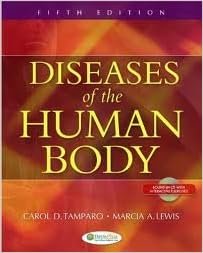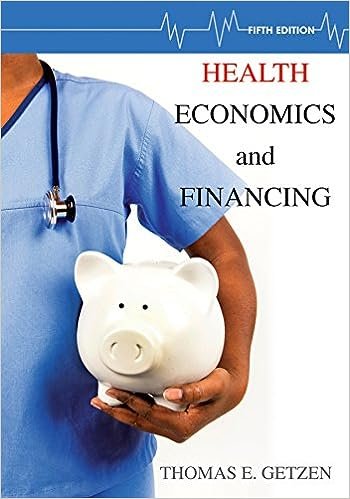Test Bank for Advanced Assessment Interpreting Findings and Formulating Differential Diagnoses 3rd Edition by Goolsby
Chapter 6. Ear, Nose, Mouth, and Throat
Multiple Choice
Identify the choice that best completes the statement or answers the question.
____ 1. Upon physical examination of a 1-year-old patient, you note abnormal placement of the ears, hypertelorism, and strabismus. These are often signs of:
| A. | Genetic conditions |
| B. | Deafness |
| C. | Birth injury |
| D. | Physical abuse |
____ 2. An 86-year-old patient who wears a hearing aid complains of poor hearing in the affected ear. In addition to possible hearing aid malfunction, this condition is often due to:
| A. | Acoustic neuroma |
| B. | Cerumen impaction |
| C. | Otitis media |
| D. | Ménière’s disease |
____ 3. A patient presents to the emergency department due to head trauma related to a motorcycle accident. On physical examination, you note clear, serous discharge from the ear. This is commonly a sign of:
| A. | Basilar skull fracture |
| B. | Injury of the auricle |
| C. | Otitis discharge |
| D. | Tympanic membrane perforation |
____ 4. A pneumatic otoscopic examination is used to assess:
| A. | Inner ear conditions |
| B. | Otitis externa |
| C. | Cerumen impaction |
| D. | Tympanic membrane mobility |
____ 5. In examination of the nose, the clinician observes gray, pale mucous membranes with clear, serous discharge. This is most likely indicative of:
| A. | Bacterial sinusitis |
| B. | Allergic rhinitis |
| C. | Drug abuse |
| D. | Skull fracture |
____ 6. With inspection of the mouth and buccal mucosa, Stensen’s duct can be seen on the:
| A. | Underside of the tongue |
| B. | Buccal mucosa opposite the lower molars |
| C. | Buccal mucosa opposite the upper molars |
| D. | Soft palate |
____ 7. To examine if there is an intact gag reflex, ask the patient to say “ah” as you observe the:
| A. | Movement of the uvula to the left |
| B. | Movement of uvula to the right |
| C. | Tongue extension in the midline |
| D. | Upward movement of the uvula in the midline |
____ 8. Malignant oral cancerous lesions are most frequently located on the:
| A. | Tongue |
| B. | Tonsils |
| C. | Gums |
| D. | Hard palate |
____ 9. Ear pain related to tenderness over the auricle and ear canal is most commonly related to:
| A. | Excessive exposure to noise |
| B. | Cerumen impaction |
| C. | Otitis externa |
| D. | Ménière’s disease |
____ 10. A 6-year-old child presents with complaints of unilateral ear pain, fever, and sore throat. The clinician should recognize that this is most commonly due to:
| A. | Otitis externa |
| B. | Inner ear infection |
| C. | Sinusitis |
| D. | Otitis media |
____ 11. Which of the following symptoms is common with acute otitis media?
| A. | Bulging tympanic membrane |
| B. | Bright light reflex of tympanic membrane |
| C. | Increased tympanic membrane mobility |
| D. | All of the above |
____ 12. Which of the following microorganisms commonly causes otitis externa?
| A. | Streptococcus pneumoniae |
| B. | Pseudomonas |
| C. | Moraxella catarrhalis |
| D. | Haemophilus influenza |
____ 13. A 5-year-old patient with a history of chronic otitis media complains of severe unilateral ear pain that worsens at night. The pain has progressively worsened over the past 3 days. Your examination reveals tenderness, erythema, and swelling below the right ear, and diminished hearing on the right. Which of the following is a likely diagnosis?
| A. | Sinus infection |
| B. | Skull fracture |
| C. | Mastoiditis |
| D. | Foreign body |
____ 14. Presbycusis is the hearing impairment that is associated with:
| A. | Physiologic aging |
| B. | Ménière’s disease |
| C. | Cerumen impaction |
| D. | Herpes zoster |
____ 15. A nonmalignant cancerous tumor affecting cranial nerve VIII that causes unilateral hearing loss, tinnitus, and vertigo is:
| A. | Otosclerosis |
| B. | Acoustic neuroma |
| C. | Cholesteatoma |
| D. | Squamous cell carcinoma |












Reviews
There are no reviews yet.